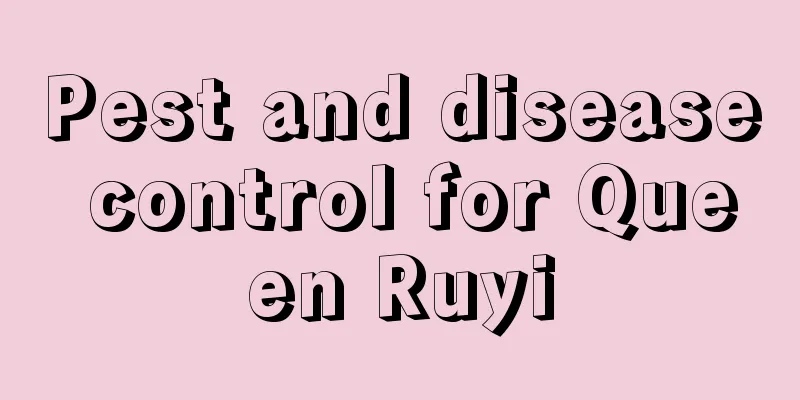Notes on changing pots

Notes on changing potsWhen repotting the plant, don't consider the solar term but the temperature or whether the plant has awakened. If the temperature is above 38°C or the high temperature weather lasts for about 10 days, it is not recommended to repot the plant. The plant cannot adapt to the pot normally in high temperature weather, and the plant is very fragile during its dormant period. If you disturb the plant, it will die directly. 1. Pay attention to choosing the right time: The time to repot the ephedra should be chosen carefully. Most of the time, it is done in spring or autumn. These two seasons will make it easier for the plant to adapt to the pot and survive. The high temperature in summer will make it easier for the plant to enter a dormant state and the water will evaporate faster, which will easily cause the ephedra to become dehydrated. However, summer is not suitable for planting ephedra. In winter, the ephedra will be frozen or grow slowly due to the low temperature, so winter is not suitable for repotting. 2. Correct root pruning: Before repotting the plant, you need to prune the roots of plants with well-developed root systems. Most of the newly purchased bare-root plants have dead capillary roots when they arrive. At this time, we need to prune them, which will be more conducive to the growth of new roots in the later stage. 3. Create a good environment for slowing down the growth of seedlings: If you want the Master to adapt to the pot faster, the maintenance environment is very important. It is best to place the plant in a place with sufficient scattered light and good ventilation, avoid direct sunlight, and keep the soil in the pot relatively moist. It is best to control the temperature at around 20 degrees. Key points of the Master's pot changing method1. Root pruning and drying There is no need to wash the roots of the plant. Just clean up the bad fine roots and keep the main roots. Then place the plant in a ventilated sunny place to dry the roots. The drying time of the plant must be longer. Generally, it is better to dry it for 1-2 weeks. 2. Watering There is generally no need to rush to water the plant after repotting. If the soil in the pot is a little dry, it is recommended to use a spray bottle to spray some water. It is best to keep the soil in the pot in a semi-dry and semi-wet state. Too much water can cause wound infection and cause the death of the plant. 3. Soil for repotting The best soil for repotting the Master Plant is a mixture of leaf mold, original soil, sandy soil, and base fertilizer. After the mixture is exposed to the sun for disinfection, place small stones in the flowerpot and then put soil on it. |
>>: Advantages and disadvantages of Kawamoto Kizuna rose
Recommend
How to propagate purple Oxalis and what to pay attention to
Purple Oxalis Propagation The main methods of pro...
If you grow Bougainvillea like this in winter, it will sprout buds even when temperatures drop below zero, and you’ll be envious of the flowers that fill the pot!
1. Water appropriately Watering is a technical jo...
What medicine is most effective for green stink bugs?
The green stink bug belongs to the family Miridae...
Cultivation and reproduction methods of mirror grass
1. Breeding methods 1. Soil: This aspect requires...
Where is the best place to plant the Vajra Bodhi tree?
The place where the Rudraksha tree is planted The...
Does Chlorophytum comosum prefer shade or sun?
Does Chlorophytum comosum prefer shade or sun? Th...
How to grow Impatiens
1. Cultivation time The best time to cultivate Im...
Which month is best for sowing radishes?
As the saying goes, "In the first dog days, ...
Why doesn't the rattail palm bloom?
When does rat tail palm bloom? Mouse tail palm is...
The role and efficacy of tiger lily
1. For people to enjoy It is an evergreen plant w...
How much is the yield of soybean per mu? How much does it cost to plant one mu?
Soybean yield per mu At present, the soybean yiel...
What are the ways to propagate Wisteria?
Cutting propagation Branch Selection Wisteria flo...
Reasons and solutions for camellia leaf shedding
There are many people who love to grow camellia a...
Is it better to use "egg shells" for fertilization? Throw a little into a flowerpot and the flowers will bloom!
It's autumn now, which is different from spri...
What flowers can be used for winter weddings
1. Rose: The first thing that comes to mind is of...









